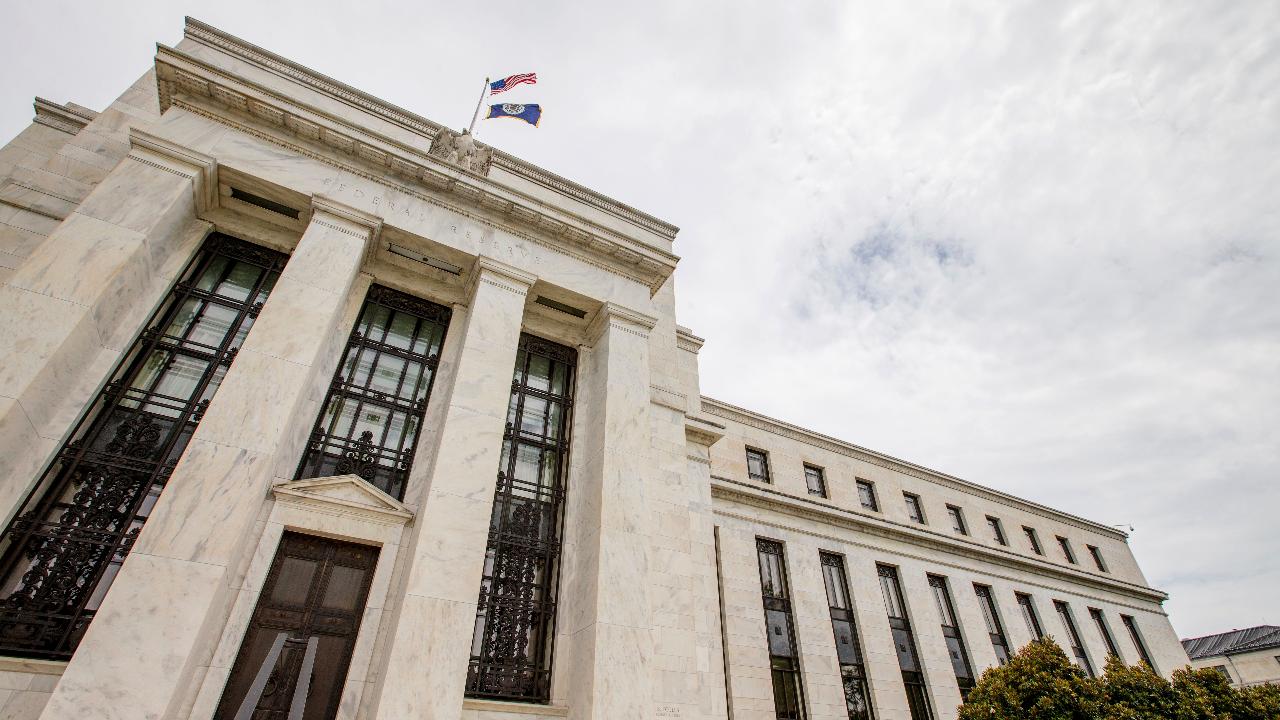Recession indicator blares loudest warning since 2007: How will the Fed respond?
For the first time since 2007, the spread between the two-month and 10-year Treasury yields — a closely watched indicator that typically precedes recessions by around 18 months when it inverts — turned negative.
The inversion, spurred by worsening U.S.-China trade relations and signs of sluggish global growth, sent stocks plummeting on recession fears, but also raised questions about what, if anything, the Federal Reserve will do to stave off a potential recession within the next year.
“They can lower rates, and that’s kind of the easy thing,” said Gary Pzegeo, head of fixed income at CIBC Private Wealth Management. “The Fed doesn’t have many tools in the toolbox. That’s the biggest one.”
Hopes for a deeper rate cut jumped Wednesday afternoon, with 62.8 percent of traders pricing in a 50 basis point cut (and 13.3 percent forecasting a 75 basis point cut). Policymakers at the U.S. central bank voted during their July meeting to lower the benchmark federal funds rate to a range between 2 percent and 2.25 percent.
If policymakers voted to lower borrowing costs by 50 basis points at their September meeting, Pzegeo said it would send a message to the markets that the Fed is serious about using monetary policy to make sure the U.S. economy’s record-long expansion continues, potentially boosting long-term rates higher — or at least keeping them stable.
The Fed could also expand its balance sheet, better known as quantitative easing, by adding to their positions in securities and Treasuries. Last month, the Fed said it was ending its so-called quantitative tightening program two months earlier than planned (which President Trump has long claimed dampens economic growth).
But Pzegeo cautioned that policymakers are unlikely to take aggressive action at the upcoming meeting, thanks to Trump’s decision on Tuesday to delay a slew of tariffs on Chinese imports.
“That reduces the likelihood of an aggressive cut in September,” he said. “The odds of them doing either of those options are on the lower side. I think there are things that are certainly in consideration if the uncertainty around trade reemerges.”
Plus, Pzegeo said, there are other factors — and additional recession predictors — influencing the Fed, including credit markets, inflation, the labor market and consumer sentiment. On Tuesday, the Fed’s favorite inflation gauge rose higher than expected, though it was likely not enough to deter a rate cut.
The U.S. labor market also remains healthy; unemployment is near a several-decade low and job growth has been fairly steady.
“I’m sure they’re nervous about the yield curve,” he said. “But they laid out a roadmap at their July meeting. Chairman [Jerome] Powell essentially said that the base case for growth and inflation in the US were pretty good.”




















